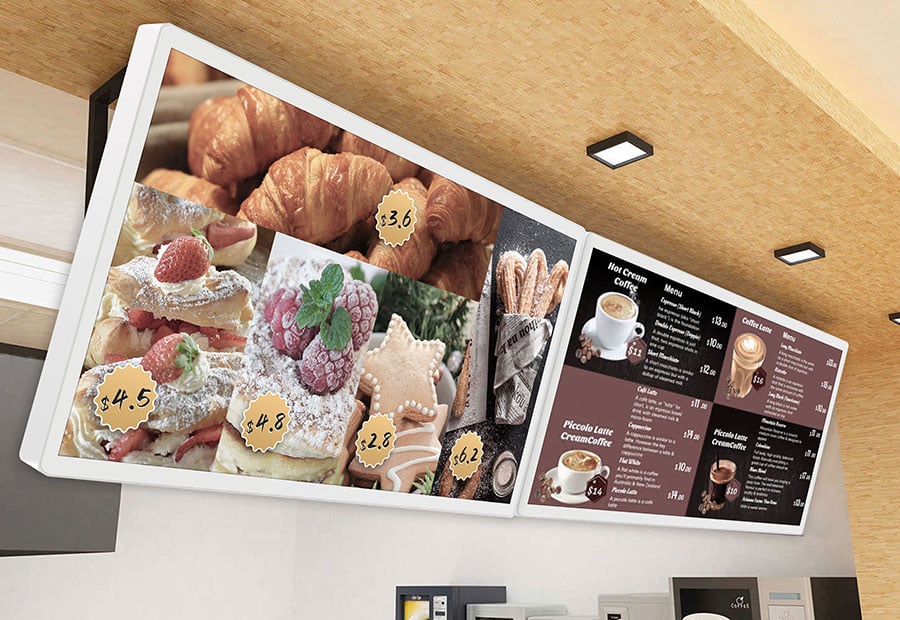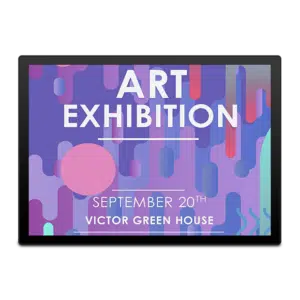The Environmental Benefits of Using Electronic Paper Displays
The Environmental Benefits of Using Electronic Paper Displays
Blog Article
What is an Electronic Paper Display and How Does It Work?
Display engineering has become an important element of our daily lives, showing in everything from smartphones and e-readers to large-scale promotion panels. Among the diverse selection of E ink display, OLED (Organic Light-Emitting Diodes), and LED (Light-Emitting Diodes) have surfaced as some of the very most widely mentioned options. While every type acts its distinctive purpose, their variations in features, performance, and use instances make sure they are suitable for particular applications. Let's take a closer go through the critical traits of those display technologies.
Electronic Paper displays (ePaper)
Electronic Paper displays, also called ePaper or Electronic Ink displays, are created to imitate the appearance and readability of old-fashioned Ink on paper. That technology utilizes tiny microcapsules containing priced dark and bright particles halted in an obvious fluid. When a power field is used, the contaminants move to either side of the supplement, producing a visible image. The picture stays fixed till still another electrical area is used, making it perfect for showing text-based content such as publications, newspapers, and e-readers.

One of many major benefits of ePaper displays is their low power consumption. Unlike conventional LCD
Understanding Electronic Paper displays
An electric Paper display (ePaper) mimics the appearance of Ink on paper. Unlike conventional monitors, ePaper depends on its capability to reveal normal light rather than emitting their own. This engineering not merely decreases vision stress but also gives unmatched readability in sunshine, rendering it well suited for e-readers and electronic signage solutions.
One standout function of ePaper displays is their incredibly low power consumption. Since they simply use power when changing content, ePaper monitors are very effective and ideal for battery-powered devices. However, their renew charges are slower in comparison to OLED and LED displays, restraining their applicability to static or minimally dynamic content.
OLED displays
OLED displays are known for their beautiful visual quality, giving vivid shades, heavy greens, and exceptional contrast. Each pixel in a OLED display emits its own light, reducing the need for a backlight. That not only makes for finer, more lightweight styles but in addition benefits in better energy performance compared to LED using scenarios.
One essential benefit of OLED displays is their flexibility. They can be produced in circular or flip-up styles, creating them common in cutting-edge smartphones and wearable devices. Nevertheless, OLED monitors come with problems, such as for example susceptibility to burn-in and smaller lifespans in comparison to other technologies.
LED displays
LED displays, the most frequent of the three, count on a backlit system to gentle their pixels. Without as visually impressive as OLED E ink sign, LEDs are extremely durable, long-lasting, and cost-effective. These characteristics make sure they are suited to a greater selection of purposes, including TVs, pc watches, and outside advertising.
LED displays on average conduct properly in terms of perfection, creating them the ideal choice for surroundings with large surrounding light. Nevertheless, they fall short in achieving the exact same heavy comparison and color reliability as OLED technology.

Ultimate Comparison
When deciding between ePaper, OLED, and LED displays, the option depends largely on the intended purpose. For static content like examining or signage, ePaper excels using its minimal energy utilization and high exposure in organic light. OLED shines in applications where vivid colors and freedom are paramount. Meanwhile, LED remains a reliable and cost-efficient alternative for many different general-purpose needs.
Each display technology provides something distinctive to the desk, ensuring that there is a perfect selection for every situation. Knowledge these variations will help consumers and organizations make knowledgeable decisions that suit their unique display requirements. Report this page